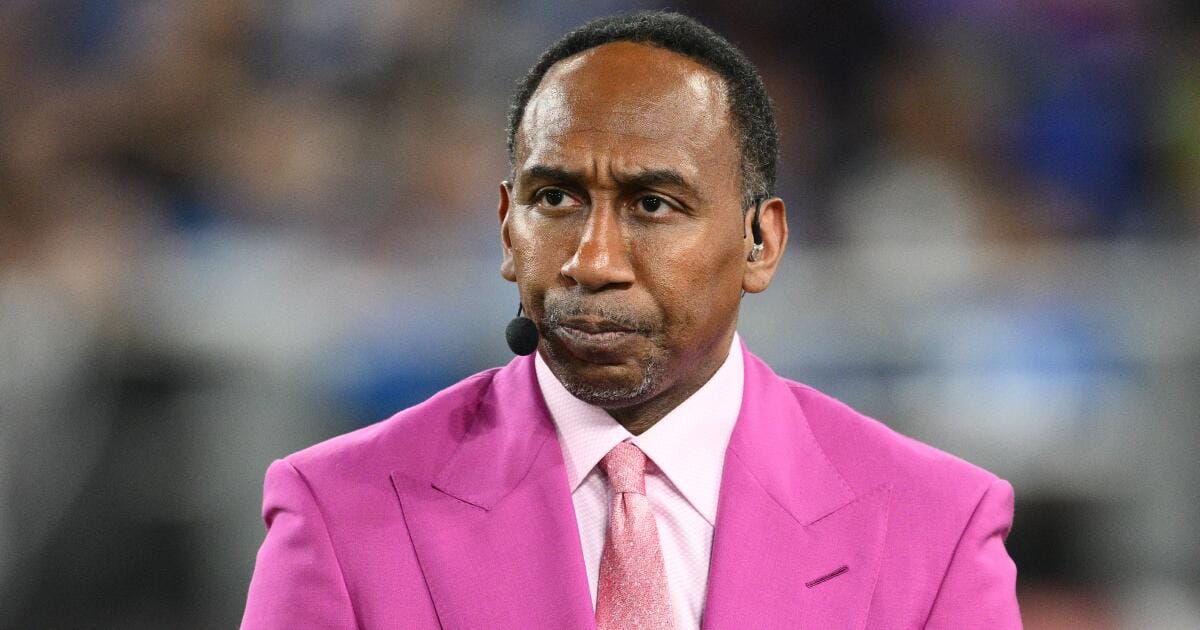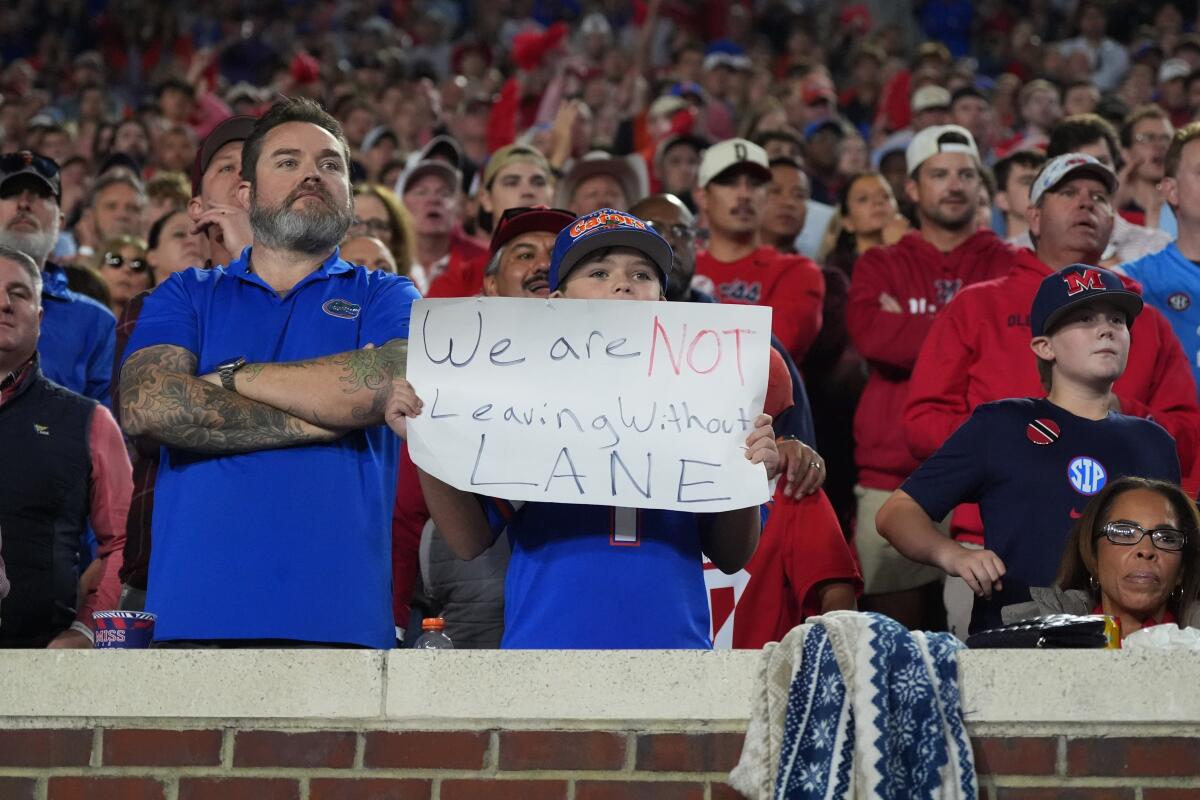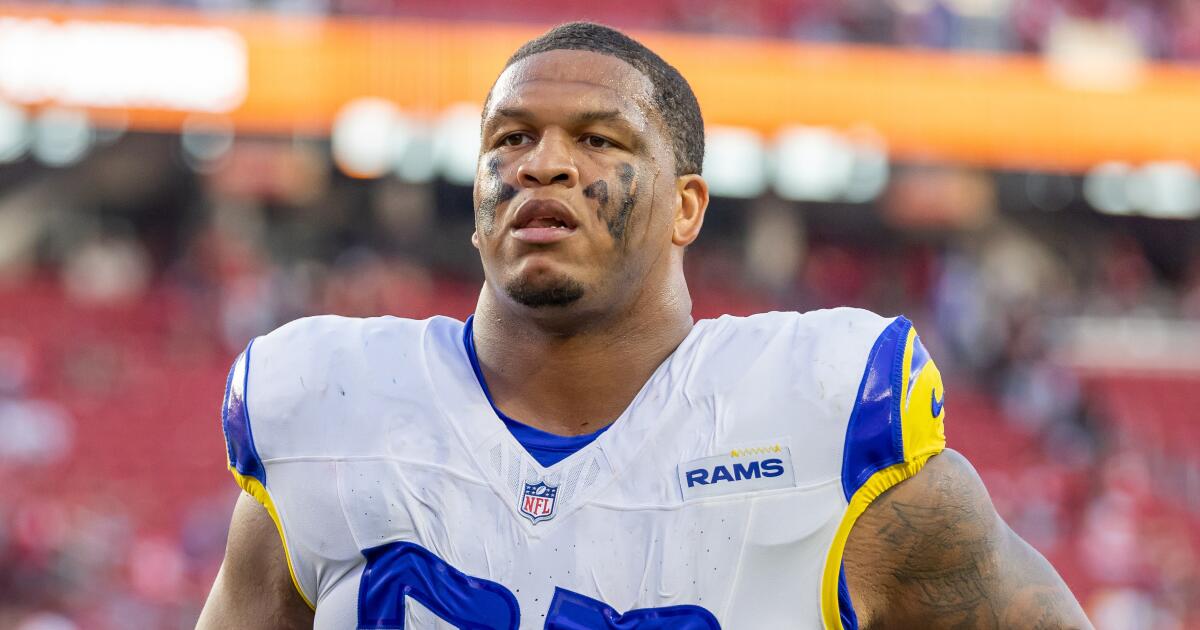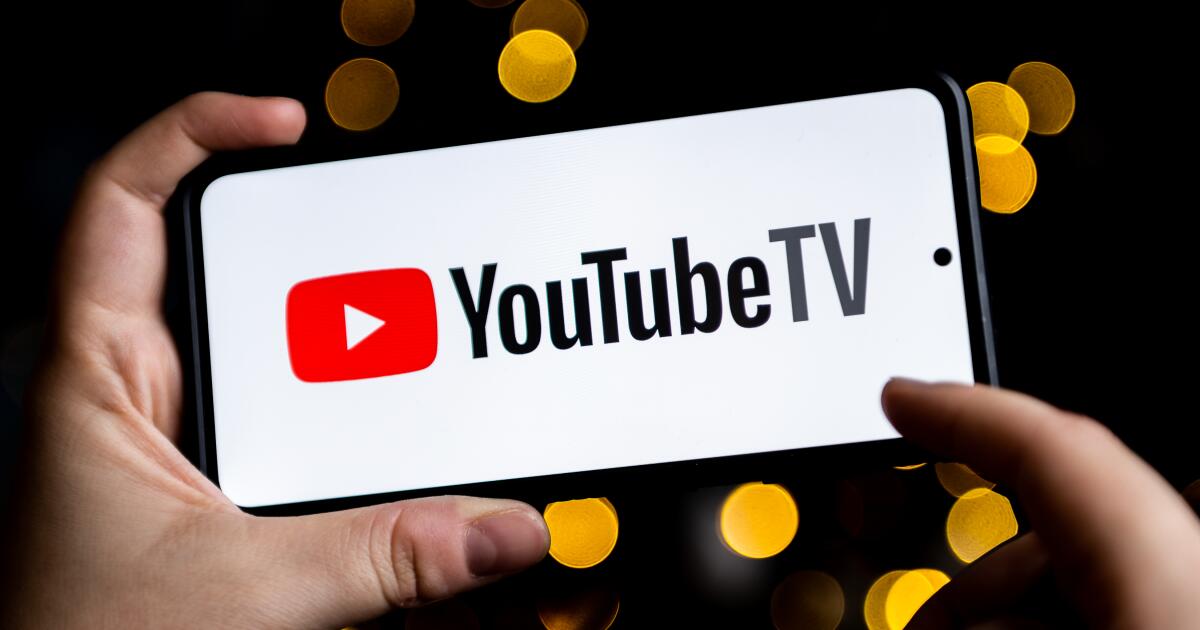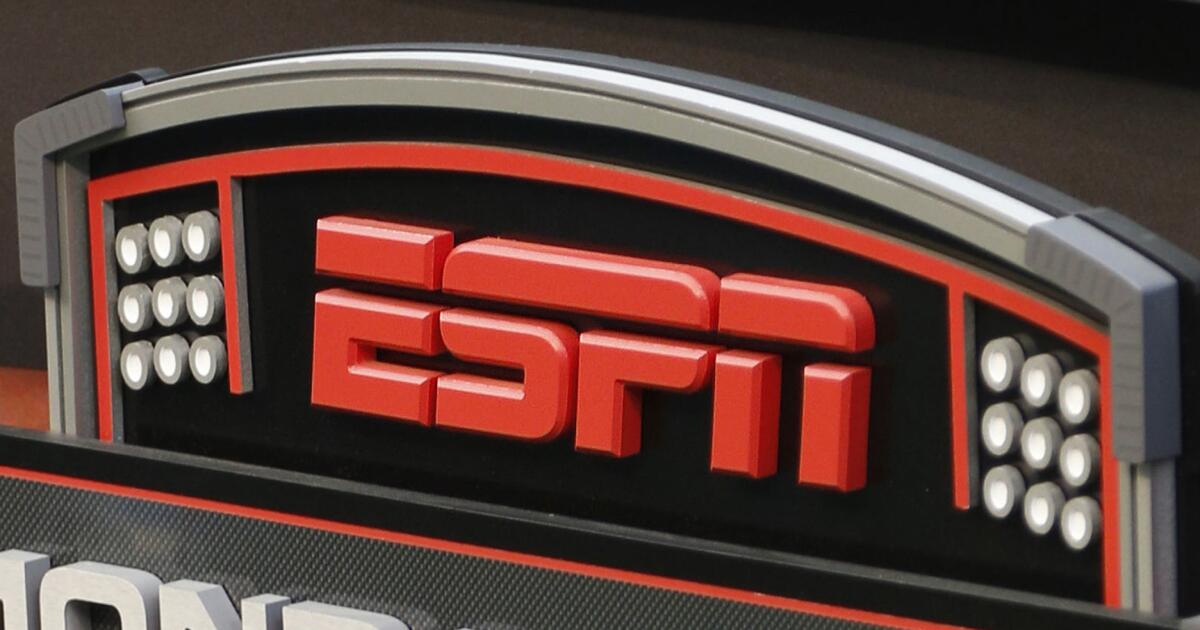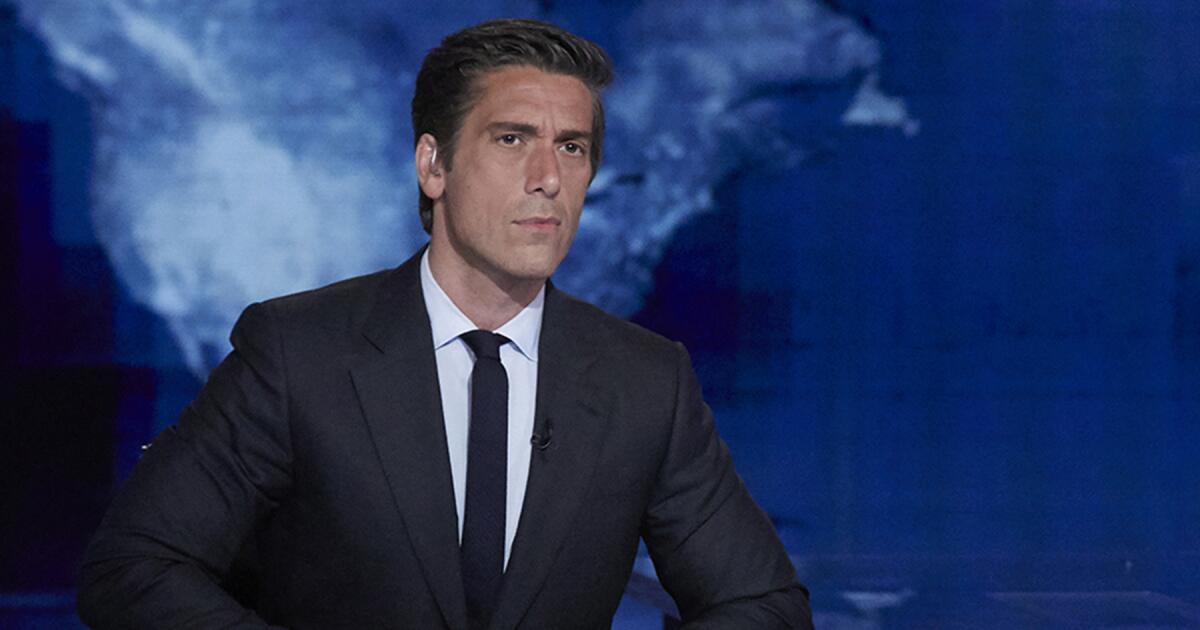ESPN, Netflix and NBC sign new media deal with Major League Baseball
After walking away from its TV rights deal with Major League Baseball earlier this year, ESPN has a new package that will provide additional games for its streaming customers.
The deal announced Wednesday by the league will also return baseball to NBC and bring three MLB events — an opening night game, the Home Run Derby and the Field of Dreams game — to Netflix for the first time.
As part of the deal, ESPN will integrate the league’s streaming platform MLB.TV into its recently launched direct-to-consumer service that provides the sports channels to consumers with or without a cable subscription.
MLB.TV provides local telecasts of out-of-market games to consumers. In the 2026 season, new customers will now be able to purchase the service as part of an ESPN subscription. Pricing has not yet been set for the combined services.
ESPN Unlimited subscribers will get an additional 150 out-of-market games over the course of the season at no additional cost. ESPN will offer local games in the six MLB markets that no longer have regional sports networks — San Diego, Cleveland, Seattle, Minnesota, Arizona and Colorado. The games, which are produced by MLB, will be available to purchase for streaming in those markets through ESPN.
ESPN will no longer carry “Sunday Night Baseball,” a staple of the network for decades, but will have a package of 30 weeknight games. It will also retain its coverage of the MLB Little League Classic and carry a game on Memorial Day.
ESPN is paying $550 million for the new three-year package, the same as the last contract, according to people familiar with talks who were not authorized to comment publicly.
While ESPN and MLB exchanged harsh words when their longtime arrangement broke up earlier this year, both sides praised the eventual outcome, which puts a greater emphasis on streaming.
“Bringing MLB.TV to ESPN’s new app while maintaining a presence on linear television reflects a balanced approach to the shifts taking place in the way that fans watch baseball and gives MLB a meaningful presence on an important destination for fans of all sports,” MLB Commissioner Rob Manfred said in a statement.
ESPN Chairman Jimmy Pitaro called the deal “a fan-friendly agreement” that prioritizes the Walt Disney Co. unit’s “streaming future.”
“Sunday Night Baseball” will move to NBC, with 25 prime-time games on the broadcast network or NBCUniversal’s streaming platform Peacock. Already the home of “Sunday Night Football,” and “Sunday Night Basketball,” the addition of the MLB — at $200 million a season — means NBC will have live sports in prime time on every Sunday throughout the year.
The network is also picking up the wild card round of the MLB postseason that had been carried on ESPN.
In 2027 and 2028, NBC will carry the most consequential game played on the final Sunday of the season.
NBC Sports also gains the rights to the late Sunday morning game, which will be carried on Peacock and followed by a “whip-around” show presenting action from contests around the league that day. Peacock carried the morning game in 2023 and 2024 before it went to Roku this past season.
MLB games exclusive to Peacock will also be shown on the newly launched NBC Sports Network, which is being offered to cable and satellite TV providers.
Netflix is paying around $50 million per year to carry the 2026 opening night game between the San Francisco Giants and the New York Yankees on March 25. The annual Home Run Derby, previously on ESPN, also moves to the streamer, as does the Field of Dreams game, which will be played in Dyersville, Iowa, where the set for “Field of Dreams” is located.
The deal continues Netflix’s approach of offering appointment sporting events to its subscribers rather than investing in a full season package.
The new MLB deals only run for three years. The league wants them to align with its major TV rights package that includes the playoffs, the World Series and the All-Star Game. Fox and Warner Bros. Discovery’s TBS carry those packages until 2028.

